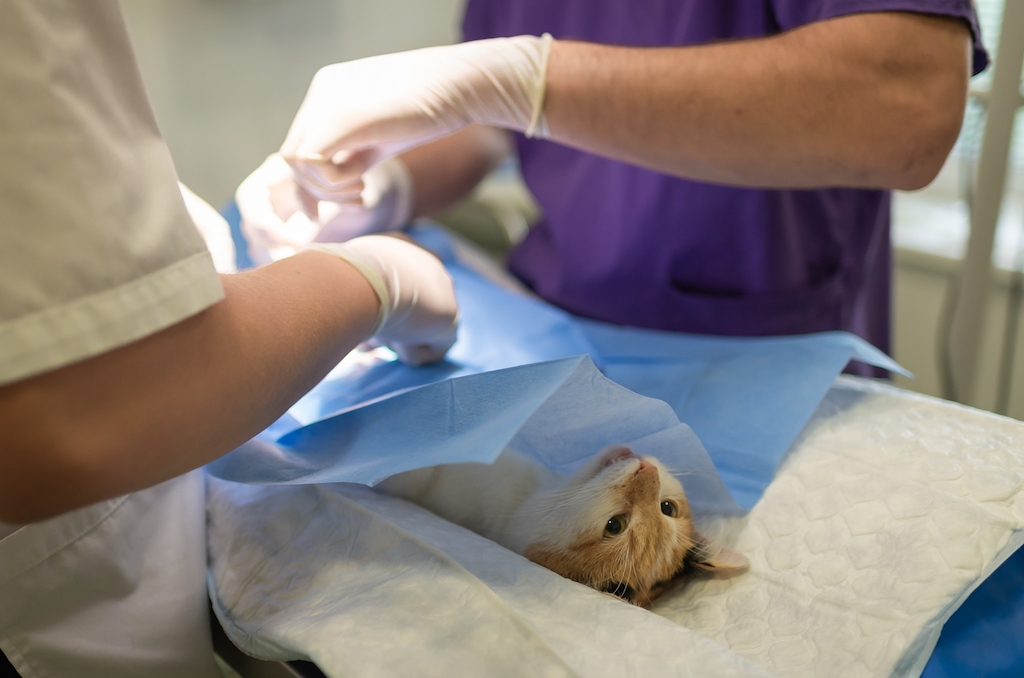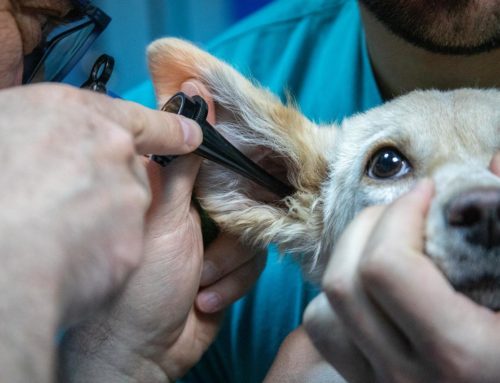Should I Get Pet Insurance?
Emergency vet visits can put a financial strain on pet owners. Depending on where you live, the average cost for an unexpected vet visit for dogs and cats is $800 to $1,500, according to Petplan, a pet insurance company. If extensive surgery and a few nights of hospitalization is required, you may be looking at thousands — if not tens of thousands — of dollars.
Most Americans don’t have enough saved to cover a $1,000 emergency, a Bankrate survey found. In those situations, pet owners often have to choose between the care that their pets need and the care they can afford.
That’s where pet insurance comes in.
How Does Pet Insurance Work?
Each month, you pay a certain amount, which is called your “premium.” Unlike human health insurance, pet insurance typically requires you to pay medical costs in full and then wait for reimbursement. That reimbursement only happens once you’ve met your deductible. At that time, the pet insurance company typically pays a percentage of the total bill (usually around 70, 80 or 90 percent, depending on your policy). There’s also typically a max dollar amount that they will pay out to in a given year.
What Are the Types of Pet Insurance?
There are generally four different types of pet insurance to consider when choosing a plan:
- Comprehensive Pet Plan – Covers things like accidents, illnesses, vaccinations, tests, surgeries, and treatment.
- Accident and Illness Coverage – Covers things like accidents, poisonings and common illnesses.
- Accident-Only Coverage – Covers certain medical expenses incurred as the result of an accident.
- Wellness Plan – Covers certain medical expenses from wellness exams and tests, flea and heartworm prevention, and vaccinations.
Every pet insurance policy is different though depending on the company you buy it from and the type of policy you buy. Make sure to read the terms carefully to understand how it works, what’s covered and what’s not.
If you’re unsure which plan is best, you can always discuss the options with your vet. For example, your vet may tell you that your bulldog is predisposed to have knee problems (based on his characteristics of his breed) and may need surgery down the road. In that case, a comprehensive pet plan may be beneficial, if it covers that type of surgery.
The most important part of insurance is having a plan in place before you need it, as it’s harder (and more expensive) to get coverage once there’s a pre-existing condition.
What Does Pet Insurance Cost?
The cost of pet insurance will depend on the insurance company you’re considering, where you live, your pet’s pre-existing medical conditions, and the type of policy. However, as an example, the average cost of accident-only coverage was $16.17 monthly for a dog and $10.51 for a cat, Forbes reported based on data from the North American Pet Health Insurance Association. For accident and illness coverage, the average monthly cost was $48.78 for a dog and $29.16 for a cat. If your pet has a chronic condition, it could greatly increase the cost of coverage and, in some cases, result in getting declined for coverage.
The Benefit of Pet Insurance
The greatest benefit of pet insurance is having a plan in place when the unexpected happens. Your pet might eat something that turns out to be poisonous or not intended for consumption (like a sock) and need emergency surgery. Or your pet could be diagnosed with a serious illness, such as cancer. No owner wants their pet to suffer because medical care was too expensive. Pet insurance may help to ensure that you get reimbursed for some of your pet’s medical costs. Insurance only works if you have the plan in place before you need it though.
Alternatives to Pet Insurance
Not sure if you want to financially commit to pet insurance? Consider starting an emergency savings fund instead. You could have a certain amount automatically taken out of your paycheck each month and deposited directly into an emergency savings account.
For owners who can’t afford a much-needed surgery for their pet, there are also other options to consider. You might contact a local veterinary college and ask if they have any programs, advises The Human Society. You might also consider visiting a vet in a less expensive area, which might help reduce costs.
Care credit is another option, which is a credit card designed specifically for healthcare costs, including for pets. You might also consider fundraising through sites like GoFundMe to offset the cost of an unexpected pet surgery.
Whatever option you choose, the most important thing is to have a plan in place so that you’ll be able to help your pet when they need it most.





